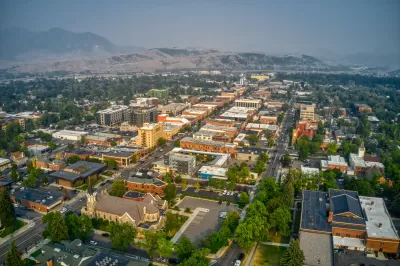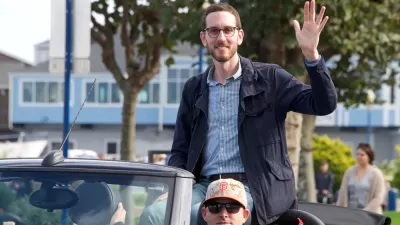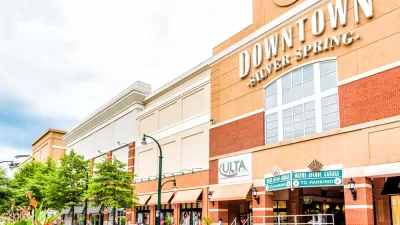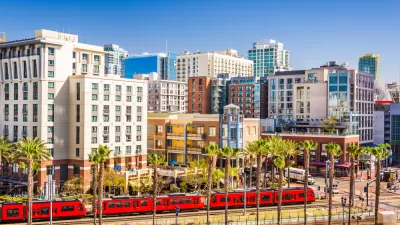In a bid to streamline housing permits, new state legislation limits public input to the land use planning stage.

Sweeping land use reform measures passed by the 2023 Montana legislature last year include big changes to public participation rules in the state. The legislation was aimed at reforming the state's land-use codes to address the housing crisis and was a top priority for Gov. Greg Gianforte, who charged legislators with cutting so-called red tape that stymies new development, reports Daily Interlake.
“Among the sweeping reform measures was Senate Bill 382 and the Montana Land Use Planning Act. The measure takes aim at not-in-my-backyard type public uprisings that frequently challenge proposals for new subdivisions or multi-family developments.”
The new law, which requires cities with 5,000 or more residents in counties exceeding 70,000 people to create a new land-use plan and map, marks a major departure from traditional public participation rules. Under these new rules, public stakeholders will have the opportunity to give input during the creation of the land-use plan. Once it is finalized, city staff will be able to sign off on projects without bringing it before a planning commission or city council for final approval.
“The whole idea behind this is to flip that, so that we do the planning and the public participation up front, we front-load it, then as we get to the permitting and the platting that becomes a very administrative process,” Montana League of Cities and Towns Executive Director Kelly Lynch told the Montana Free Press last year.
The law is facing legal challenges on constitutional grounds, but if upheld, it will reshape public participation in Montana’s larger cities. Then the question will be, will other states follow suit?
FULL STORY: Don't get caught off guard by new public participation rules

Study: Maui’s Plan to Convert Vacation Rentals to Long-Term Housing Could Cause Nearly $1 Billion Economic Loss
The plan would reduce visitor accommodation by 25,% resulting in 1,900 jobs lost.

North Texas Transit Leaders Tout Benefits of TOD for Growing Region
At a summit focused on transit-oriented development, policymakers discussed how North Texas’ expanded light rail system can serve as a tool for economic growth.

Using Old Oil and Gas Wells for Green Energy Storage
Penn State researchers have found that repurposing abandoned oil and gas wells for geothermal-assisted compressed-air energy storage can boost efficiency, reduce environmental risks, and support clean energy and job transitions.

Private Donations Propel Early Restoration of Palisades Playground
Los Angeles has secured over $1.3 million in private funding to restore the Pacific Palisades playground months ahead of schedule, creating a modern, accessible space that supports community healing after recent wildfires.

From Blight to Benefit: Early Results From California’s Equitable Cleanup Program
The Equitable Community Revitalization Grant (ECRG) program is reshaping brownfield redevelopment by prioritizing projects in low-income and environmental justice communities, emphasizing equity, transparency, and community benefits.

Planting Relief: Tackling Las Vegas Heat One Tree at a Time
Nevada Plants, a Las Vegas-based nonprofit, is combating the city’s extreme urban heat by giving away trees to residents in underserved neighborhoods, promoting shade, sustainability, and community health.
Urban Design for Planners 1: Software Tools
This six-course series explores essential urban design concepts using open source software and equips planners with the tools they need to participate fully in the urban design process.
Planning for Universal Design
Learn the tools for implementing Universal Design in planning regulations.
Ascent Environmental
Borough of Carlisle
Institute for Housing and Urban Development Studies (IHS)
City of Grandview
Harvard GSD Executive Education
Toledo-Lucas County Plan Commissions
Salt Lake City
NYU Wagner Graduate School of Public Service





























